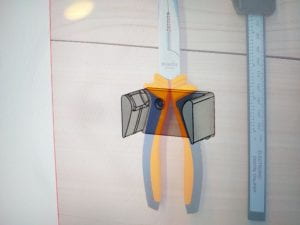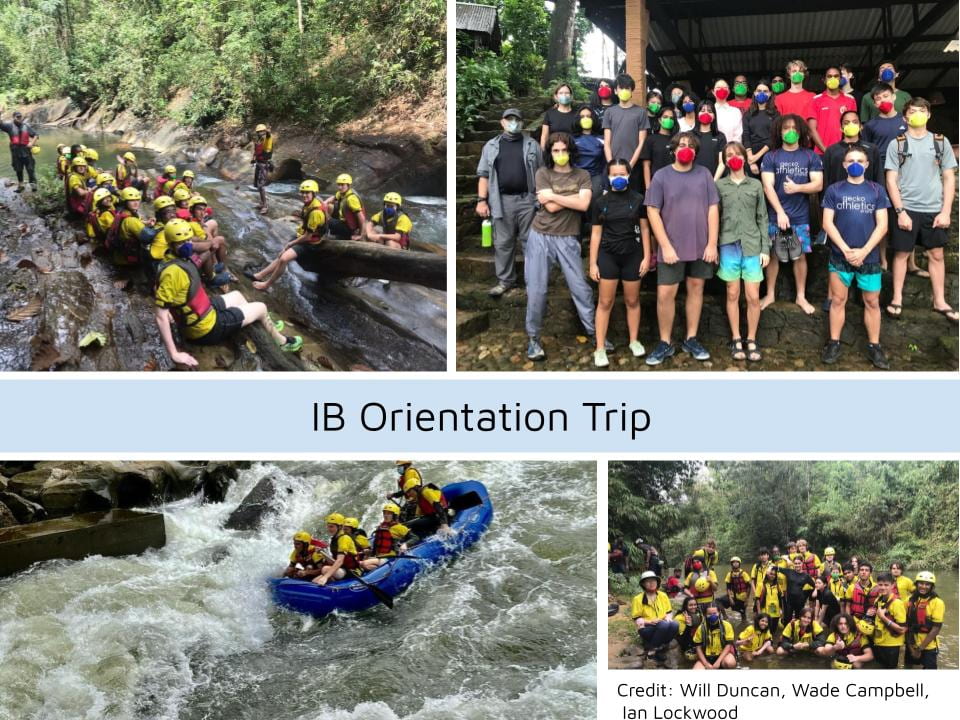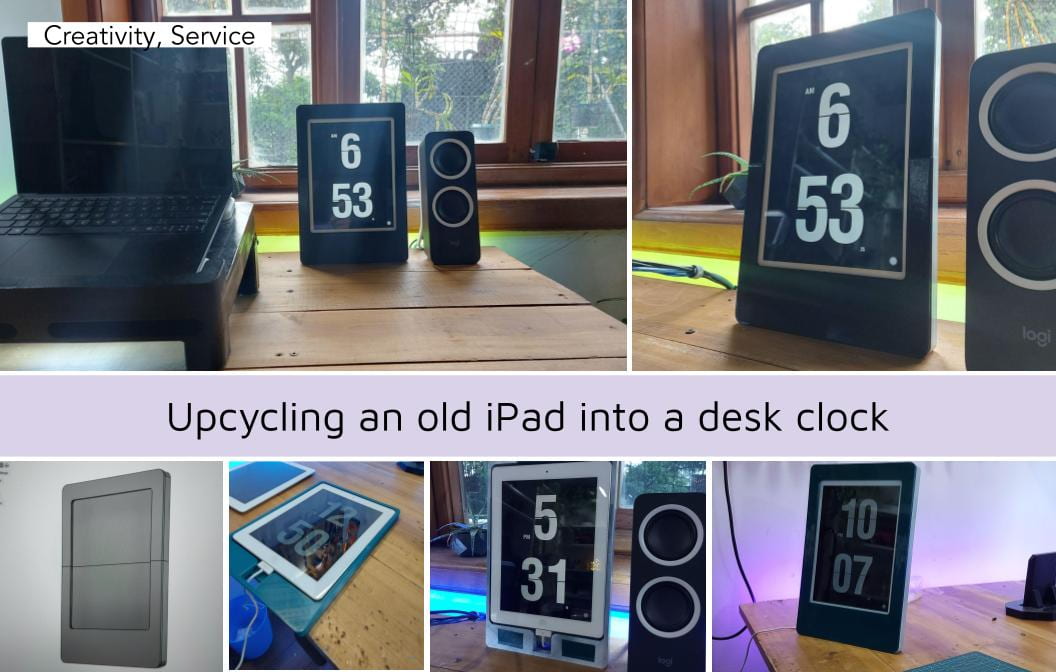
Summary:
A large part of my childhood was spending time in Denmark, with my grandfather, helping him fix his summer house on Orø. It allowed me to discover my passion for creating things with my hands. One of my favourite creations I created with my grandfather was a raft created from planks of wood, and large sheets of polystyrene. After my grandfather passed, I inherited a bunch of his tools. They spent most of their time in a toolbox, which was cumbersome to store, and made finding tools difficult. However, I decided I wanted to eliminate this issue, by creating a way of storing my tools in a way that was easy to access.
Process:

I started this build by laying out all my tools on the floor, I measured the footprint that all the tools took up, then took 3 pieces of wood, and cut them to 110 cm pieces, I screwed them together with metal brackets. It was mounted to the wall with 8 drywall anchors and 6cm screws. After this, I decided the best way to mount the tools to the board was with custom 3D modelled and printed pieces. To 3D model brackets to hold the pieces, I had to take photos of the tools and import them into fusion 360, as a canvas. Then I had to design a custom fit bracket for each of the 30+ pieces mounted on the wall. I printed each of these pieces out and then screwed them into the wall using 1.5 cm screws.
Learning Outcomes:
The 2 main IB outcomes were #2 and #4. Firstly I demonstrated that challenges were undertaken, developing new skills in the process. Creating the tool organizer poses several challenges, such as how to mount a solid wood, heavy tool organizer to a wall. I also learned several new skills during the process. Such as how to 3d model custom brackets, to fit a 3D object. I also showed commitment and perseverance, as it took several days to 3d model and 3d print all of the 30+ brackets for each tool. The whole process took several weeks.

